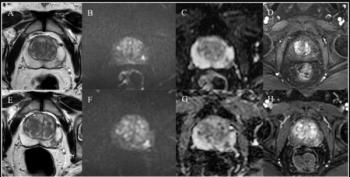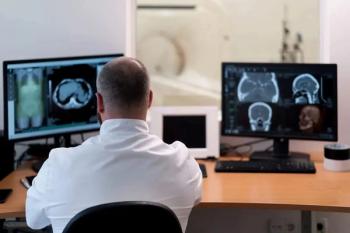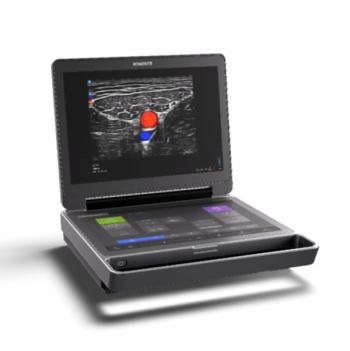
Micro-Ultrasound for Easier Prostate Cancer Screening
Dr. Laurence Klotz discusses micro-ultrasound as a faster, less invasive, more cost-effective screening strategy compared to mpMRI in this podcast.
This is Episode 1 of the Diagnostic Imaging podcast: The Reading Room. To subscribe, click
High-resolution micro-ultrasound does a better job of pinpointing clinically significant prostate cancer than MRI, said industry experts, and it can do so in a less expensive, simpler way.
According to an article published in the
“High-resolution micro-ultrasound has the capability of imaging prostate cancer based on detecting alterations in ductal anatomy, analogous to multiparametric magnetic resonance imaging (mpMRI),” said lead study author Laurence Klotz, M.D., chair of prostate cancer research at Sunnybrook Hospital in Toronto, Canada. “This technology has the potential advantages of relatively low cost, simplicity, and accessibility compared to mpMRI.”
In this study, the team evaluated images from 1,040 men from 11 sites in seven countries who previously underwent mpMRI and also micro-ultrasound-guided biopsy. These biopsies were captured from both mpMRI targets with a PI-RADS score of >3 and micro-ultrasound targets with a PRIMUS >3.
According to their analysis, 39.5 percent of men were diagnosed with clinically significant prostate cancer, meaning they had a Gleason grade group of greater than or equal to 2. For micro-ultrasound and mpMRI, sensitivity was 94 percent and 90 percent, respectively, and their negative predictive value was 85 percent and 77 percent, respectively. Both strategies had 22-percent specificity, and their positive predictive values were similar – 44 percent and 43 percent, respectively.
Given the higher sensitivity for clinically significant prostate cancer compared to mpMRI and its lower cost and single-session option for prostate screening and targeted biopsy, micro-ultrasound could be an attractive imaging strategy for some patients.
In this podcast, Klotz discussed the use of micro-ultrasound in detecting prostate cancer and the role it could play in supplementing multi-parametric MRI in searching for and more easily identifying the disease.
Newsletter
Stay at the forefront of radiology with the Diagnostic Imaging newsletter, delivering the latest news, clinical insights, and imaging advancements for today’s radiologists.






























